Hiking On The Seoul Fortress Wall
Last Updated on April 4, 2024
Looking to go for a hike in Seoul? Definitely consider a Seoul Fortress Wall hike. There are some great mountains that you can hit, but if you want to have a bit of history and something to see along the way, not to mention a wall to follow so you don’t get lost, the wall that surrounds central Seoul is great.
Whether you’re solo, with friends, or even kids, a hike along the Seoul Fortress Wall makes for a fun trip. I have hiked the Seoul Fortress Wall in the winter, in the summer, while pregnant and while not and it is always a fun adventure.
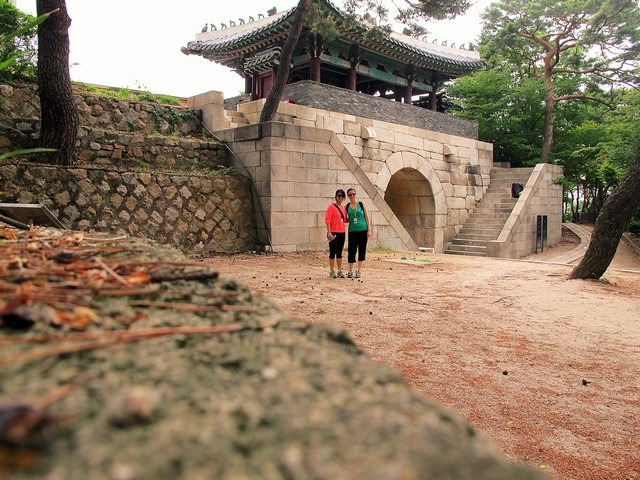
Hike along the Seoul Fortress Wall:
(This page contains affiliate links. That means if you click on them and purchase something, I will get a percentage of the transaction to keep up this blog and maybe if there’s a little extra to buy a bottle of red wine to go with dinner. Thanks for the support!)
How To Get There
The Seoul Fortress Wall circles the downtown area of Seoul so you can hook up with it in a number of places. Check out this guide to the Seoul Fortress Wall gates to see a map and decide which section you want to walk along. My personal favorite section is the section of wall that goes behind Gyeongbokgung Palace.
You can get to this section to hike:
- from Malbawi to Changuimun: Anguk Station, exit 2. Just outside the exit there is a bus stop, hop on bus #2 and get off at Sungkyunkwang Rear Gate and then head up.
- from Changuimun to Malbawi: Gyeongbukgung Station, exit 3. Catch green buses 7212, 1020, 7022 to Jahamun Pass and walk up to the information center.
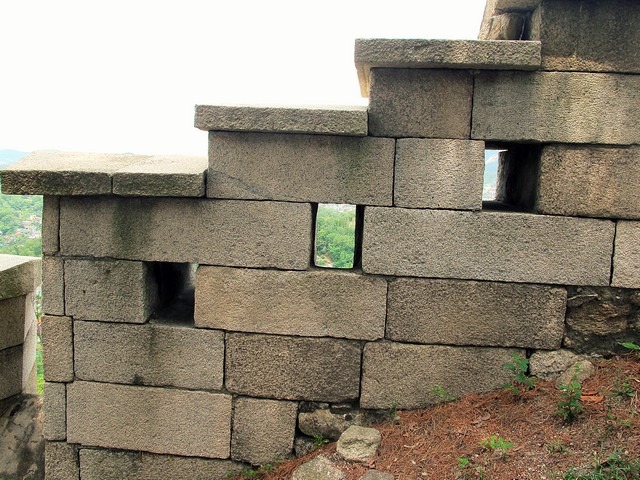
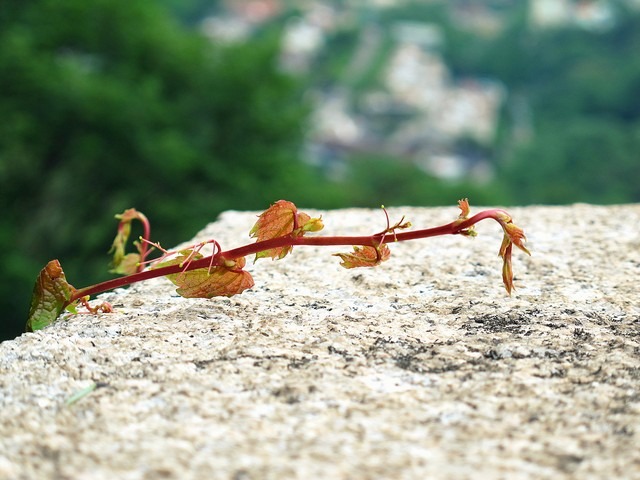
What To See
The 2.2 kilometer course from Malbawi Information Center passes by Sukjeongmun Gate, Baegakmaru rest area with a good view of the city below and wraps around to Changuimun Information Center at the end. I like going this direction because it sort of starts at an easier incline and ends with the very steep steps down.
If you’d rather though, start with the steep steps and then take the more gradual trip down by going the other direction. Most of the Korean hiking groups I’ve gone with prefer starting with the steep side and going down the other way. This section takes a bit under 2 hours if you’re taking your time and enjoying the views.
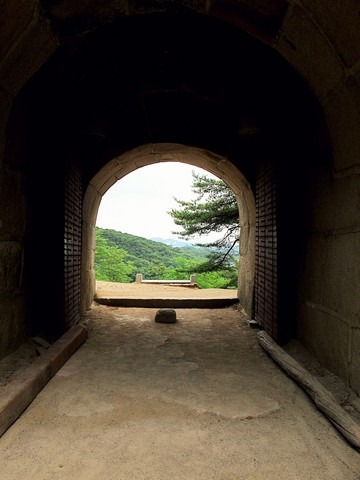
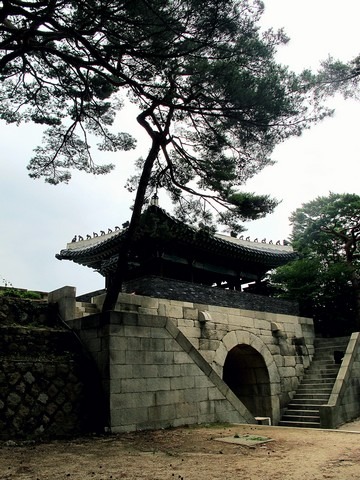
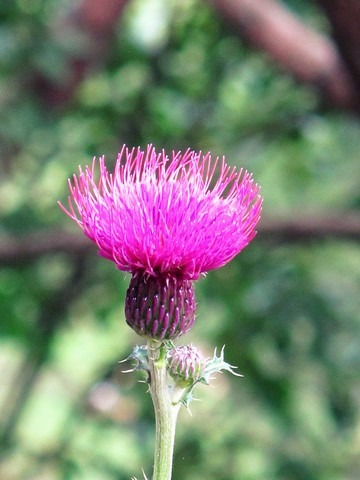
The History
King Taejo founded the Joseon Dynasty in Gaeseong in 1392 but shortly after decided to move the capital to present-day Seoul, then called Hanyang. One of the first things to be constructed after the royal palaces including Gyeongbokgung Palace, Changdeokgung Palace, Changgyeonggung Palace, Deoksugung Palace and Gyeonghuigung Palace and the ancestral shrine at Jongmyo was the wall along the ridges of Bugaksan, Naksan, Namsan and Inwangsan. Four main gates and four smaller gates were built along the wall and Sukjeongmun is the most northern gate of them.
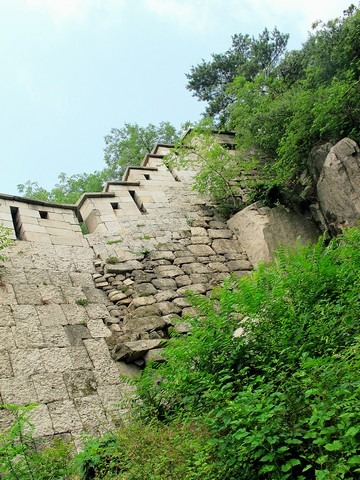
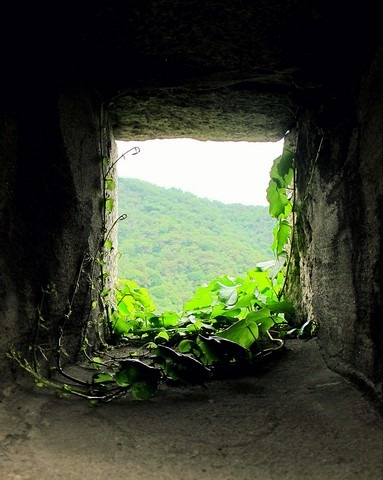
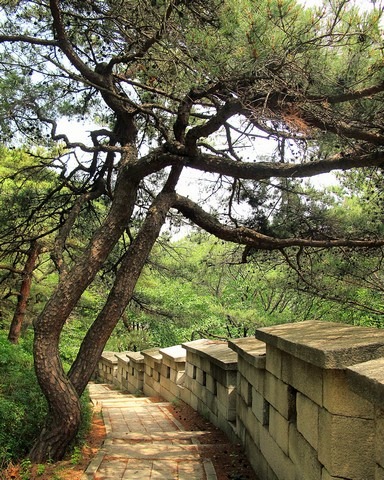
While the oldest parts of the wall that are still standing were built in 1396 under King Taejo’s rule, the newest parts that were rebuilt and repaired after being destroyed were built in 1422 under King Sejong’s rule or in 1704 during King Sukjong’s reign. It’s easy to spot the differences as the oldest parts were built with misshapen stones about brick-sized while the newest parts have rectangular standard sized blocks.
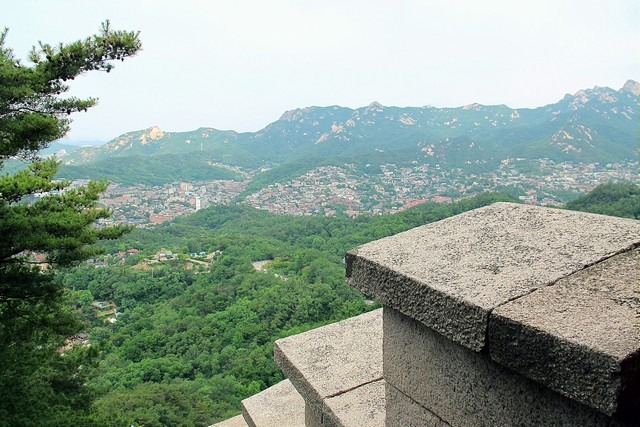
This part of the path had been closed to visitors for 38 years after an assassination attempt on the then president by North Koreans. This path sits just behind Cheongwadae or the Blue House, the former President’s House. It was opened once again in 2006 and has since become an extremely popular portion to hike on the Seoul City Wall.
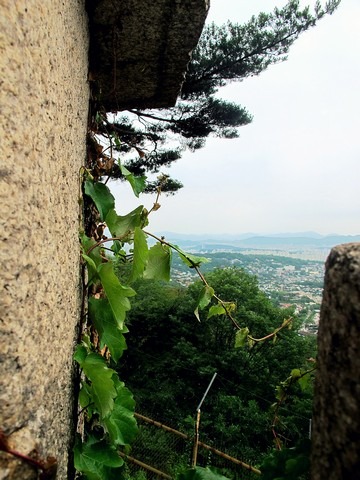
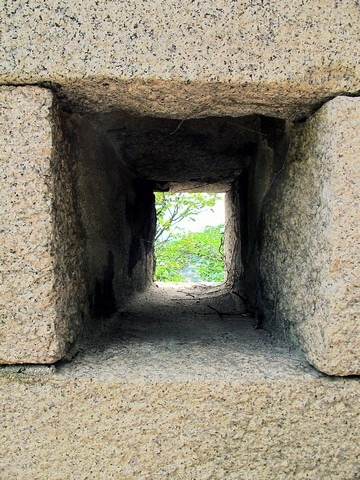
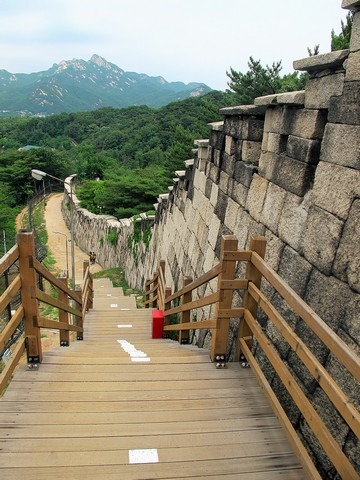
Did you like this post? Pin It!
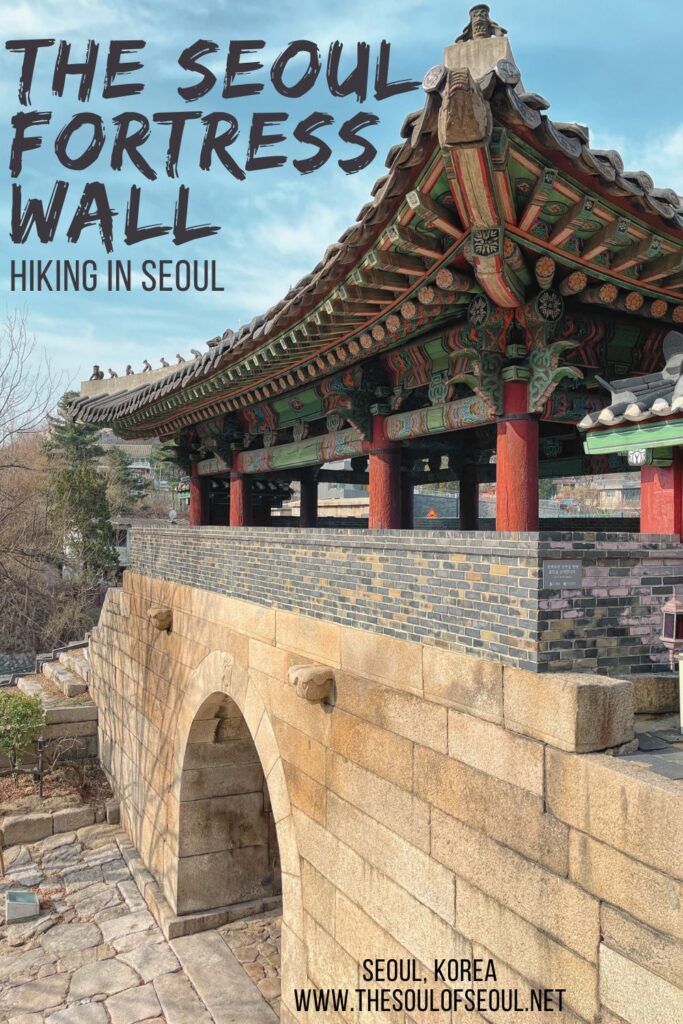
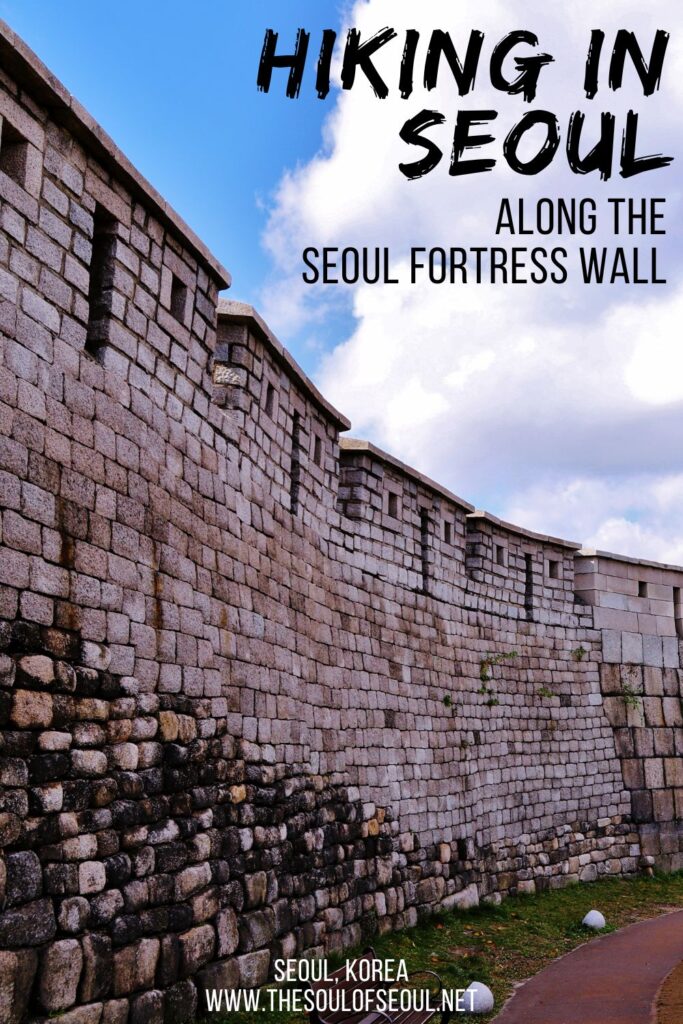
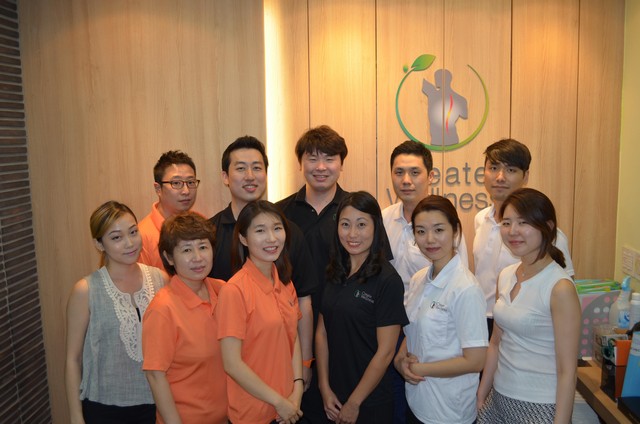
One Comment
BB
Thanks so much.